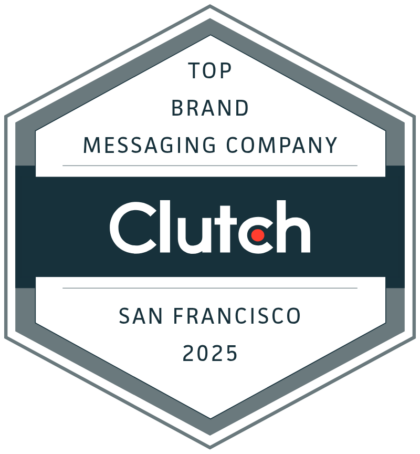Should Brands Take Sides?
Brands should have a point of view. But should they take sides? The best brands take a long view and build bridges across political and social divides.

David Kippen | February 21, 2017
Every brand needs a point of view. But where possible, brands should not take sides, particularly in our increasingly divided, polarized political sphere. It won’t hurt Remington or Greenpeace to tie their fortunes to red or blue. Because for these and similar “hot-button brands” (NRA, Planned Parenthood, Koch Industries, Sierra Club), sides have been chosen. But unless yours is already a “hot button brand,” most brands will do better by avoiding sides and focusing instead on strengthening their core territory to bridge the divide.
Brands know that patriotism generally sells. But confusing patriotism with division can be a costly mistake. In both the US and the UK, a flag on a product signifies something very different from what it signified just a year ago. And as both the US and UK are discovering, a divided country is an uncomfortable country. Whether it’s divided by Brexit or by views on President Trump, many are feeling strong negative emotions. For most brands it makes no sense to attach them to your brand. Even if you’re certain the majority of your brand’s strongest enthusiasts are on the winning side of the moment, political division is a zero-sum game. Think of it this way: is it better to have preference by 60% of everyone, or by 87% of 51%?
There’s a more important structural argument for staying above the sides. Brands exist to make people take action in a specific purchasing arena. To do that, your brand’s center of gravity should be the heartland of your brand’s territory. Say you’re an a-political, unaligned brand like Fisherman’s Friend, for example. Your provenance is late 19th-Century England, your equities probably include coarse, strong, vigorous, but your territory (the area your brand operates in) is health–and more narrowly, cold and flu symptom control and discomfort relief. To differentiate, you must clarify how your brand’s equities (coarse, strong, vigorous, etc.) uniquely affect your target’s feelings of sickness/wellness/symptom control.
Fisherman’s Friend isn’t a product to treat like a candy; it’s made of menthol and eucalyptus so it’s more like a cigar in a lozenge. So you might position around a “get on with it attitude” to explain the coarse, strong taste. And that working-class logic might make it appear reasonable to extend the message to taking a stance on UK politics or the Trump administration. After all, wouldn’t that differentiate your brand even further?
It would, but it would also be a mistake. Political moments are hot. And yes, alignment with hot trends moves sales. But even when it results in a substantial realignment, the heat is short-lived. The “winning” side in a political argument typically disengages fairly quickly once their motivating passion has been satiated. From their perspective, things have returned to the way they should be. For these targets, brands that aligned when things were “hot” were simply rational brands. As a result, their purchasing preference will be short-lived.
On the other hand, issue alignment is likely to drive away targets from the other side of the spectrum–and engaged activists are likely to use technology to put and keep your brand in the crosshairs. And while the decision-driving passion tends to be short, memories are long. What seemed like a rational brand expression to the “winning” side can be an unforgivable betrayal to the other side, one that lasts long after the inevitable boycotts are over. As we observed above, 60% of everyone’s better than 85% of 51%. That’s even more true if that 85% (of 51%) is temporary and is likely to diminish to a natural baseline of 60% (of 51%). If it did, that would represent a permanent decrease in market share of nearly 50%.
Bottom line, on balance, for most brands, it’s better to stay above the fray and focus on differentiating around ownable equities that address consumer needs.
NB: A few days after this post elevated Cadillac provided an excellent example of how this could work:
Dr. David Kippen serves as Chief Strategist and CEO of Evviva Brands. With a background spanning advertising and communications and a client base spanning the globe and including top brands in every sector, Dr. David Kippen is a world-renowned leader in brand strategy. David’s past clients include Alaska Airlines, Amazon, Ameriprise Financial, Bain & Company, Blackrock, Burger King, Chevron, Coca-Cola, Dell, Dignity Health, Disney, Energy Recovery, E.ON, HP, HSBC, General Mills, Intel, Kaiser Permanente, Kentz, KLA-Tencor, Lam Research, Marriott International, Methanex, Moss Adams, Microsoft, Nokia, Premera Blue Cross, Teva, T-Mobile and Xilinx.
David earned a PhD in English (rhetoric) from the State University of New York at Stony Brook. Prior to founding Evviva Brands he was Head of Global Brand Strategy for TMP Worldwide.
Phone: (415) 320-9777
Email: kippen@evvivabrands.com




















